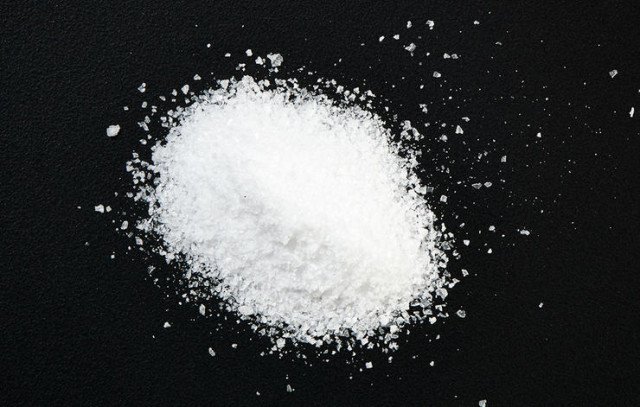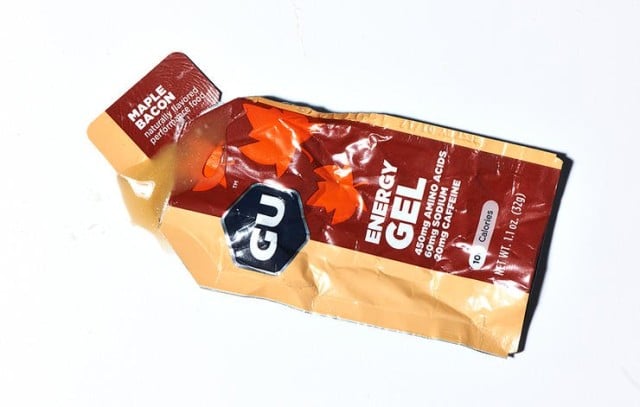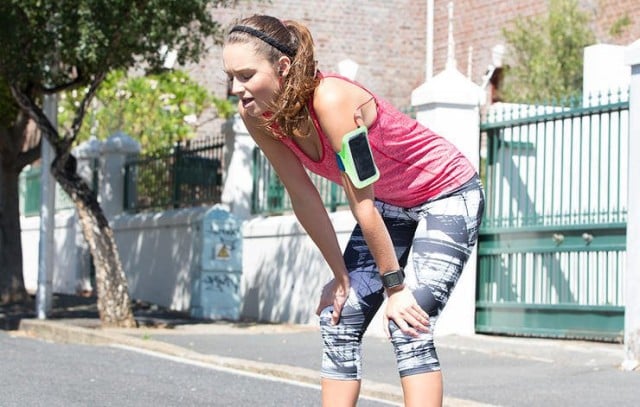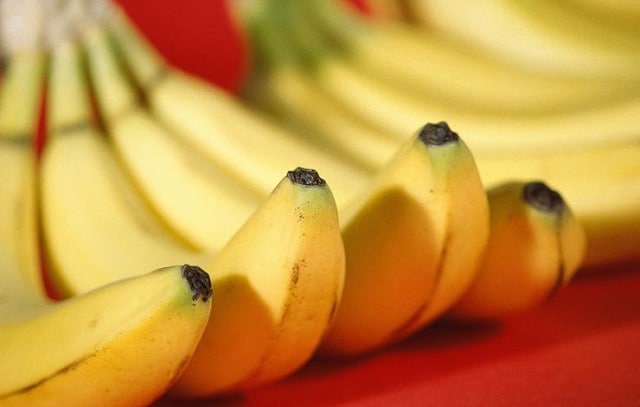5 Hydration Mistakes You Are Probably Making
Before your next run, make these small changes to avoid being sidelined.
Staying hydrated is more complicated than just drinking water. Avoid these hydration pitfalls with a few small changes in your fuelling strategy.
You Don’t Drink Enough Water Throughout the Week
Just like cramming for a test, binge (water) drinking the morning of a long run won’t hydrate you properly. Aim to drink about 2-3 mL per half kilogram of body weight at least four hours before your run.
If you chug an entire litre of pre-run water, the kidneys will flush it out, causing frequent mid-run bathroom breaks. You may even dilute the body’s sodium balance and increase your risk of developing hyponatremia (or water overload) during your run. Instead, keep a water bottle handy all week and drink throughout the day. Your urine colour should be light yellow (like lemonade). Once it gets too dark (like apple juice), you’re already dehydrated.
Another good way to determine hydration status is a sweat test, says Chrissy Carroll, Triathlon Coach. “Weigh yourself, without clothing, before and after a long run. If you’ve only lost 1 to 2 percent of your body weight, you’re in the hydration sweet spot. If you’ve lost more than 2 to 3 percent of your body weight, try hydrating a little more during your long runs.”
There is no standard fluid recommendation for runners because every runner has a different sweat rate, speed, body size, and training efforts. A good starting point is to drink 0.4 to 0.8 litres of water in the first hour. For a run lasting longer than an hour, consume 0.5 to 1 litres of sports drink to replace lost fluid, salt, and carbs. If you lose more than 2 to 3 percent of body weight during your run, drink 1.5 litres of fluid for each kilogram of body weight lost.
You Avoid Salt at All Costs

We know a diet high in sodium can lead to serious health conditions like chronic high blood pressure. But that doesn’t mean salt is always the enemy. Salt losses vary greatly based on sweat rate, but many runners lose an average of one gram of sodium per litre of sweat, making salt a key player in keeping you hydrated. Hot and sweaty conditions mean replenishing your fluids and sodium levels is even more important. Add an extra sprinkle of salt to your dinner, or snack on a handful of salted peanuts.
Your Fuel Consists of Gels and Chews But No Sports Drinks

“Many athletes prefer the convenience of gels for fuel,” says Carroll. Gels and chews have plenty of sugar to avoid mid-run bonk, but they don’t always have enough sodium to maintain fluid balance. “Add an electrolyte mix to your water or incorporate a salt tablet during long runs or races.” But be sure to try this in training to make sure it works for you on race day.
RELATED: Should You Grab a Gel, Energy Bar, or Sports Drink?
You Don’t Get Enough Magnesium or Potassium
Most runners know about sodium, but sweat also contains magnesium and potassium, which play a pivotal role in maintaining fluid balance and muscle function. Most Americans don’t consume the recommended 400 mg of magnesium and 4,700 mg of potassium each day. A deficiency in either mineral can exacerbate the symptoms of dehydration and cause extreme muscle cramps.
A well-balanced diet, rich in fruits, vegetables, grains, and legumes will ensure you get enough of these nutrients. These sources are particularly good choices.
Magnesium: Leafy greens, almonds, pumpkin seeds, tofu, flaxseeds, broccoli, lentils
Potassium: Bananas, sweet potatoes, beets, tomatoes, oranges, pomegranate juice
You Don’t Listen to Your Body

You’ve seen the scary photos of runners being carried across the finish line or collapsing just after crossing it. But there were likely warning signs. Even if runners tried to hydrate, they may have ignored the symptoms of dehydration.
“I understand those Type A tendencies to ‘stick to the plan,’ but when conditions are different, like on a warm day or a more intense pace in a race, you may need to adjust your plan on the fly,” says Carroll.
The earliest sign of dehydration may present as dark coloured urine or a slight headache. As dehydration worsens, you may feel extreme thirst, debilitating muscle cramps, fatigue, and sometimes even a decrease in heart rate. It’s necessary to recognise and listen to these signs because dehydration can do more than hurt your race performance – it can be life-threatening.
As soon as you start to notice these symptoms, table the long run, grab a sports drink, and take small and frequent sips. You don’t want to overload your stomach with fluid, so stick to your original hydration plan of 0.5-1.0 litres per hour. If you lose more than 2 to 3 percent of body weight during your run, drink 750 mL of fluid for each half kilogram of body weight lost.


